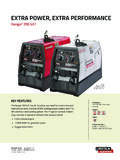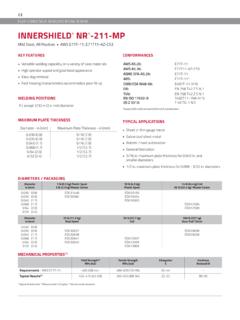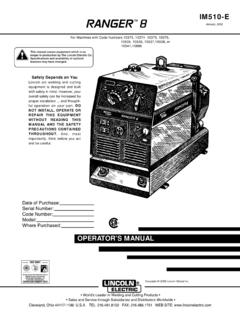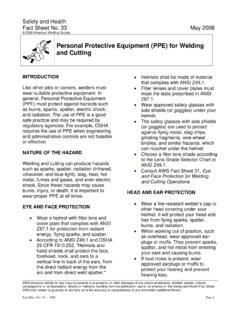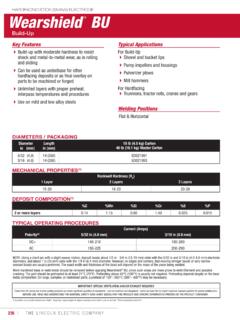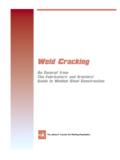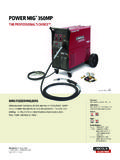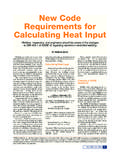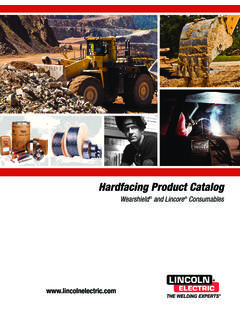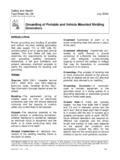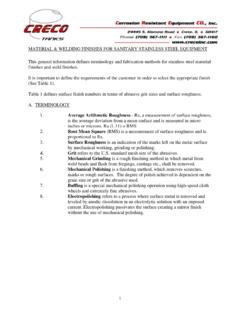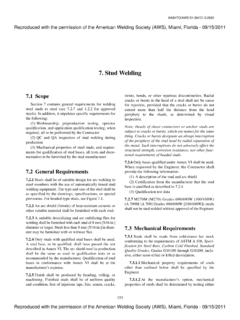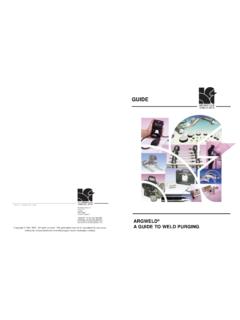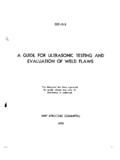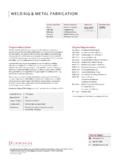Transcription of Hardfacing Product and Procedures Selection - Lincoln Electric
1 Hardfacing Product and Procedure Selection 1 6/18/14 11:19 AM. Selection Guide to Lincoln Hardfacing Materials and Procedures Lists Recommended Materials and Methods for Hardfacing Over 200 Common Components Table of Contents Section 1: Introduction Section 6: Cement, Brick and Clay Benefits of Hardfacing ..3 Cement Mill Components ..27. Build-Up and Hardfacing ..3 Pulverizer Mill Components ..28. Consumable Selection ..3 Brick and Clay Manufacturing Components ..29. Applying The weld Deposits ..4 Other Industry Components ..30. Dependable Supply, Dependable Products.
2 4. Section 7: Dredging Section 2: Lincoln Product Data Dredge Pump Parts ..31-32. Lincoln Hardfacing Products ..5 Other Dredging Parts ..33. Hardfacing Applications & Selection of Products ..6. Competitive Product Comparison Charts ..7-9 Section 8: Iron and Steel Industry Components ..34-35. Section 3: Heavy Construction Steel Mill Roll Rebuilding ..36. Tractor Parts ..10 Foundry Parts ..37. Tractor and Shovel Parts ..11 Other Iron and Steel Applications ..37. Power Shovel, Dragline Buckets and Bucket Teeth Rebuilding ..12-13 Section 9: Other Industries Power Shovel Transmission Parts.
3 14-15 Rubber Industry Mixing Machines ..38. and Ditcher Parts Railroads ..39. Miscellaneous Logging ..39. Paper Pulp Digester Cladding ..40. Section 4: Mining Rebuilding Tool Joints ..41. Industry Components ..17-18 Rebuilding Other Drilling Equipment ..42. Mine Car Wheels ..19-20 Other Miscellaneous Applications ..42. Other Mining Industry Components ..21. Section 10: Procedures and Welding Techniques Section 5: Crushing and Grinding Process Selection ..43. Impact Crushers Components ..22-23 General Guidelines ..43-47. Other Crushing, Grinding & Screening General Welding Procedures .
4 47-49. Neutral Hardfacing Fluxes ..49. Special Feature: Hardfacing Tear-Out Chart ..25-26. Preheat Recommendation Chart ..50. 2. Introduction SECTION 1. Benefits of Hardfacing b. Severe Impact Wear from severe pounding which tends to squash, gouge and crack the Hardfacing is a low cost method of depositing wear surface. Manganese steel deposits, which work resistant surfaces on metal components to extend service harden in service, provide the greatest impact life. Although used primarily to restore worn parts to wear resistance. usable condition, Hardfacing is also applied to new components before being placed into service.
5 C. Abrasion Plus Impact Wear from gritty material accompanied by heavy pounding which tends to In addition to extending the life of new and worn compon- chip or crack, as well as grind, away the surface. ents, Hardfacing provides the following benefits: d. Severe Abrasion Wear from gritty materials Fewer replacement parts needed. which grind or erode the surface. Severe abrasion is often accompanied by heavy compression or Operating efficiency is increased by reducing moderate impact. Hard deposits are required to downtime. resist abrasion but they may also need substantial Less expensive base metal can be used.
6 Impact resistance. Overall costs are reduced. e. Metal-to-Earth Abrasion Wear from earth-like materials accompanied by moderate impact Build-up and Hardfacing (pounding.). Restoring worn parts frequently involves the following f. Corrosion Chemical attack. three steps: 1. Buttering For a deposit that will dilute the carbon In many, if not most cases, the effective wear is a and alloy content of base metal. result of a combination of two or more of the phenomena described in this section. 2. Build-up Seriously worn areas should be rebuilt close to working size using tough, crack-resistant 3.
7 Arc Welding Method The choice of arc welding welding materials which can be deposited in an method depends primarily upon the size and number unlimited number of layers. of components, available positioning equipment and 3. Hardfacing Wear resistant surfaces deposited on frequency of Hardfacing . Available methods are as the base metal or on build-up deposits extend service follows: life. Hardfacing is usually limited to one, two, or three a. Manual Welding using stick electrodes requires the layers. least amount of equipment and provides maximum flexibility for welding in remote locations and all Consumable Selection positions.
8 Welding material Selection depends upon three major b. Semiautomatic Welding uses wire feeders and factors: self-shielded, flux-cored Lincore electrodes increas- 1. Base Metal Primarily affects the choice of ing deposition rates over manual welding. build-up materials. c. Automatic Welding requires the greatest amount of a. Manganese steel is used for components subject initial setup, but provides the highest deposition to high impact loading. Rebuild to size using rates for maximum productivity. It can be done with manganese steel weld deposits.
9 Combinations of: b. Carbon and alloy steel components are rebuilt to (1) Neutral flux and alloy wire. size using low alloy steel weld deposits. (2) Alloy flux and mild steel wire. (3) Self-shielded flux-cored wire with or without flux. 2. Type of Wear The primary consideration in select- ing the final Hardfacing layers is the type of wear to be encountered in service. These include: a. Metal-to-Metal Friction Wear from steel parts rolling or sliding against each other with little or no lubrication. 3. Applying the weld Deposits Distortion A small amount of distortion can destroy the usability of some parts.
10 Rigid bracing, pre-bending, Cleanliness Remove rust, dirt, grease, oil and other skip welding and other distortion control techniques contaminants from the surfaces to be welded. may be required. Surface Preparation Badly cracked, deformed or Welding Procedures Obtain the recommended work hardened surfaces should be removed by starting Procedures from the appropriate Lincoln grinding, machining or carbon-arc gouging. Product literature or from Procedures and techniques, etc., in this manual. The Procedures and techniques Deposit Thickness Avoid excessive build-up of listed are general guidelines for specific applications.
